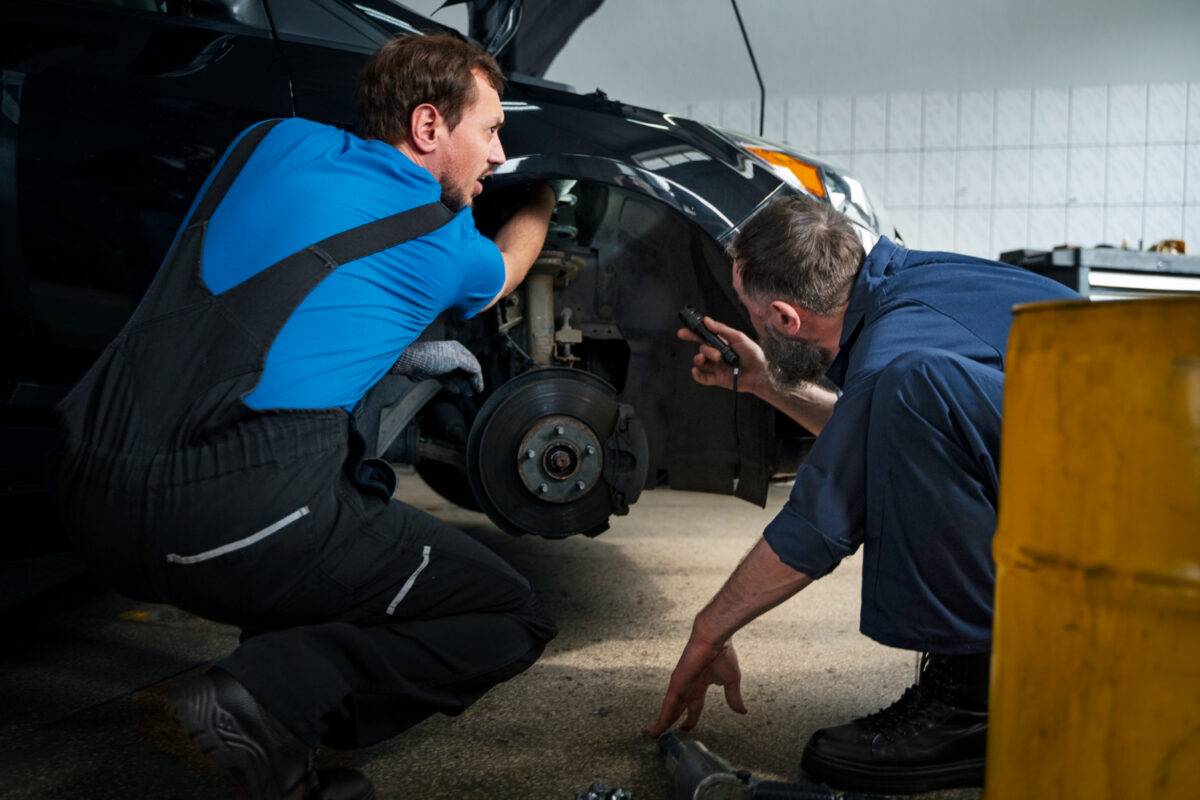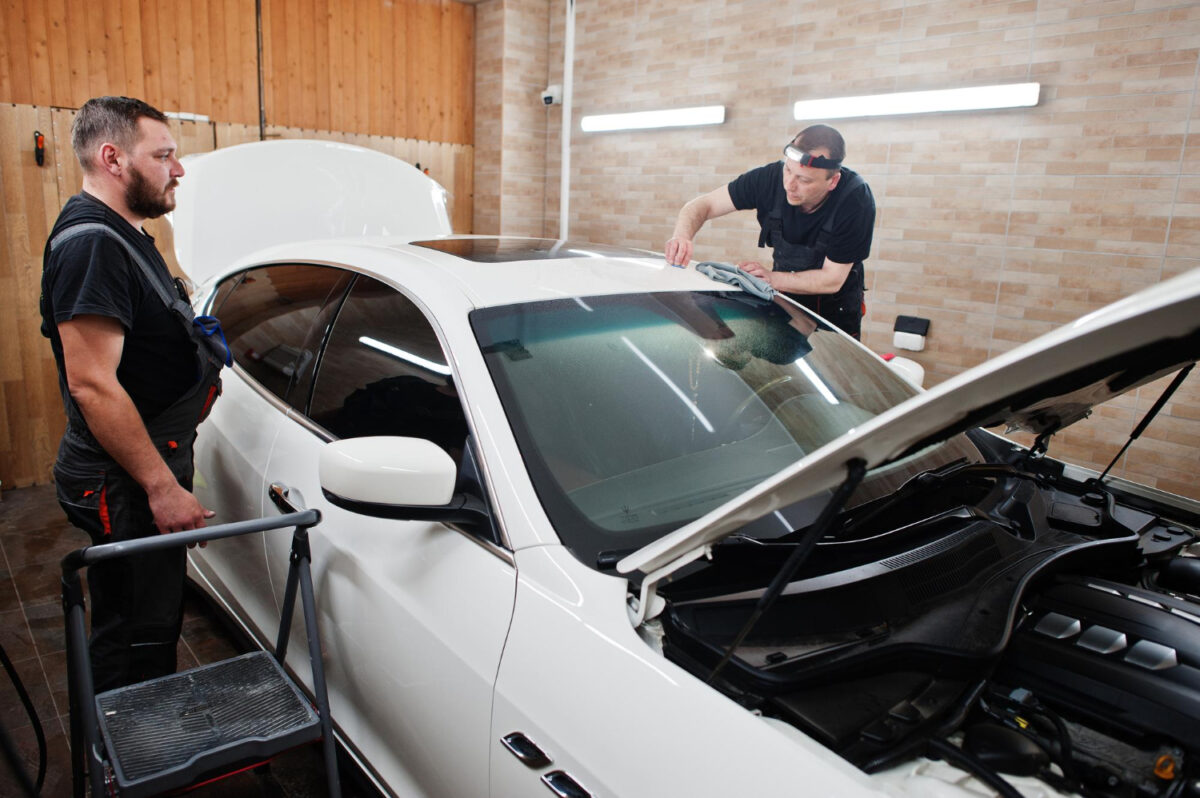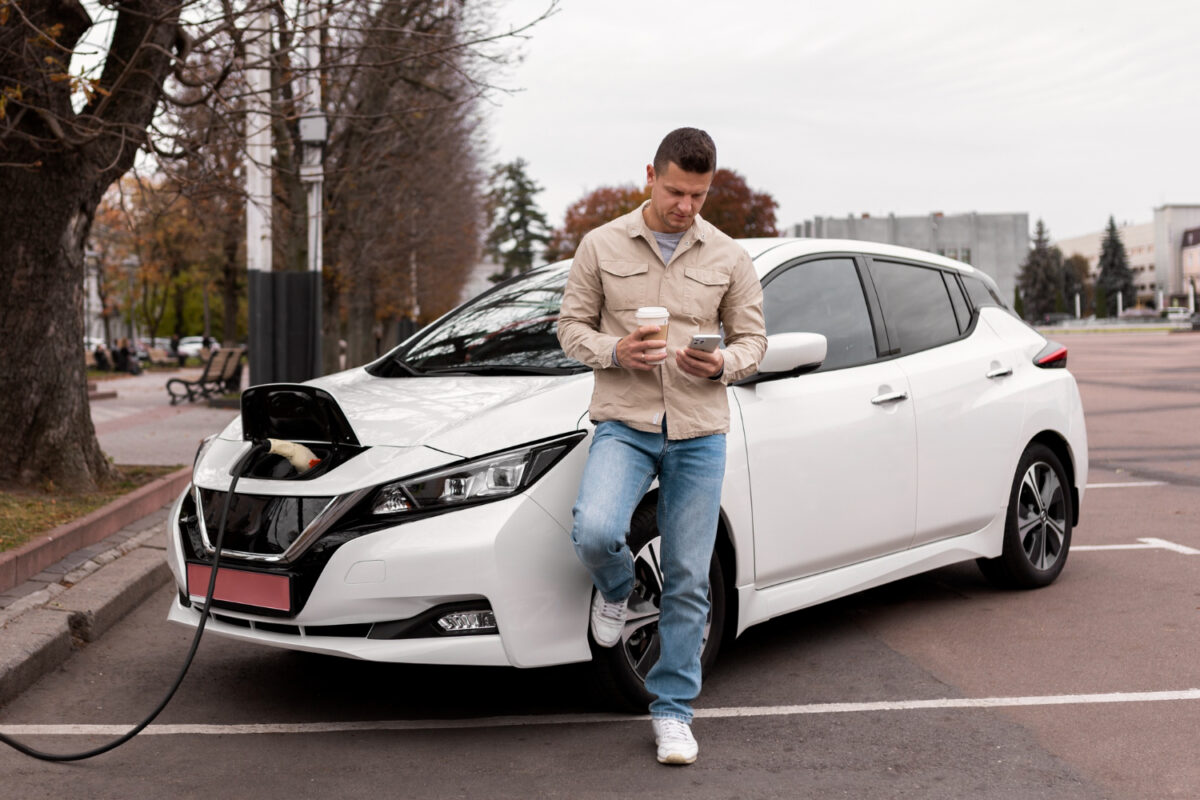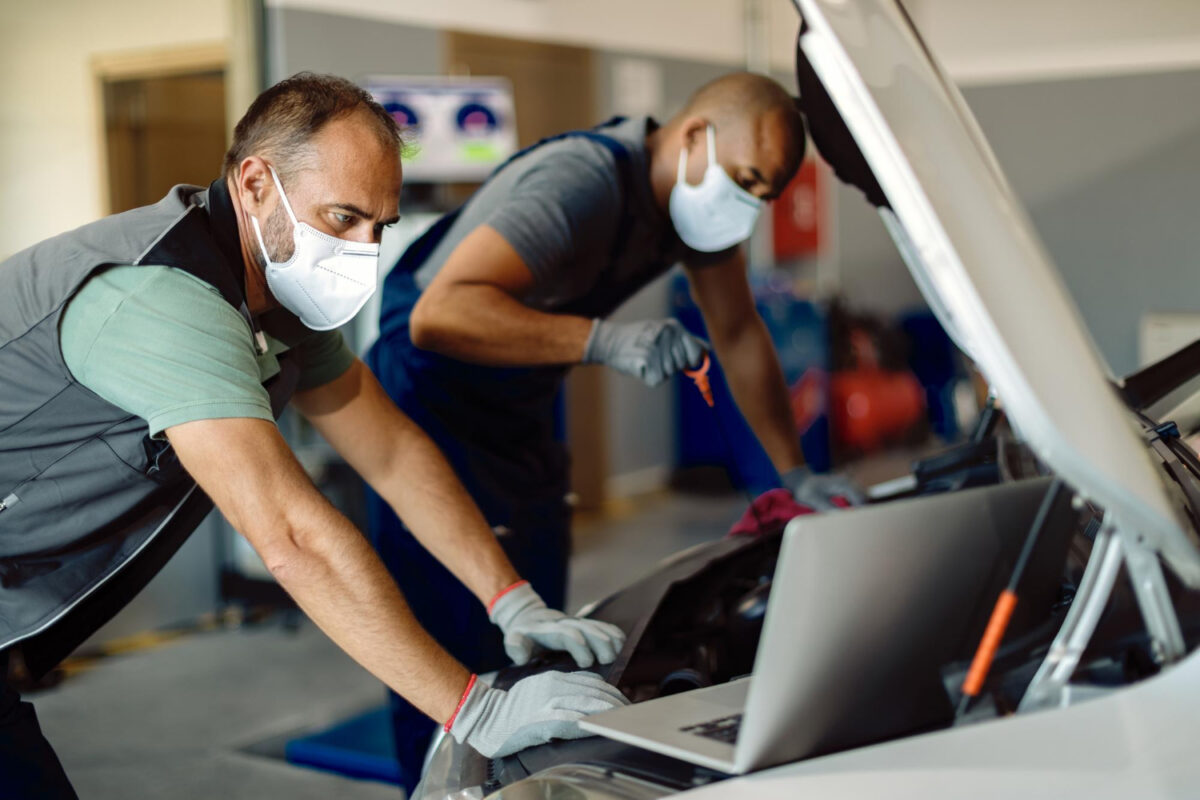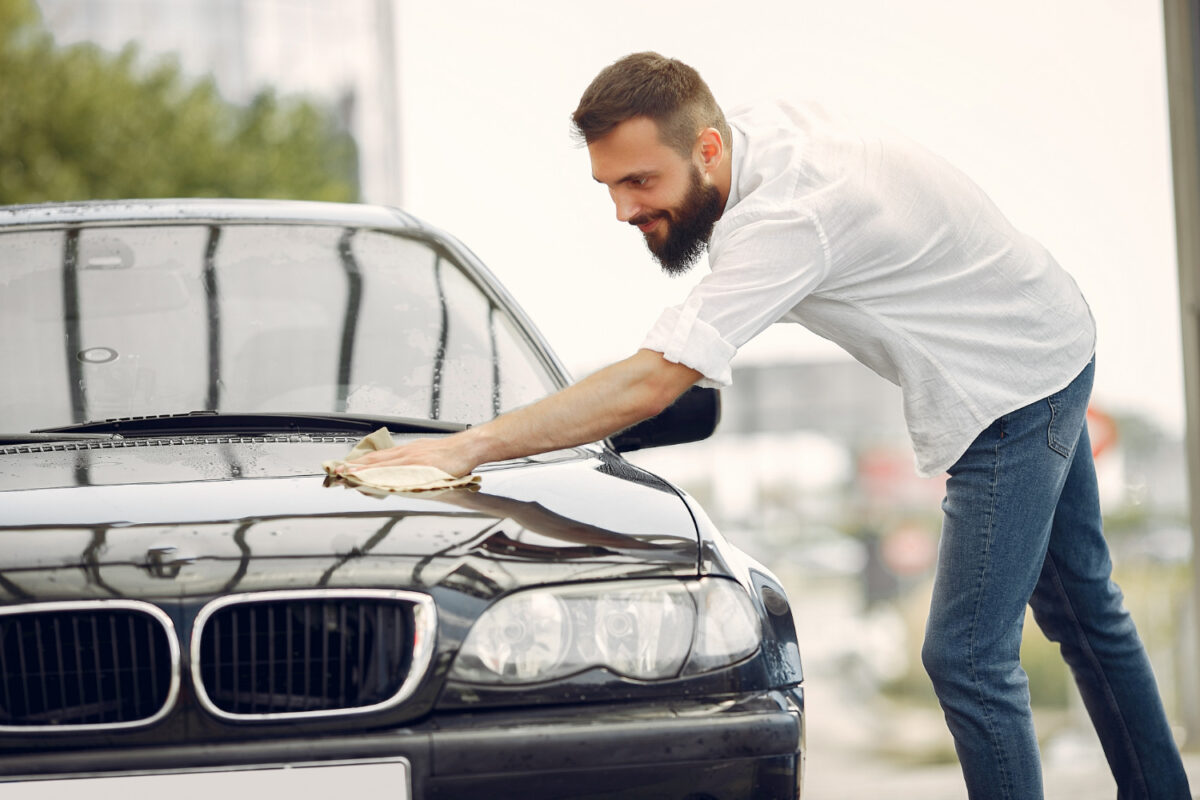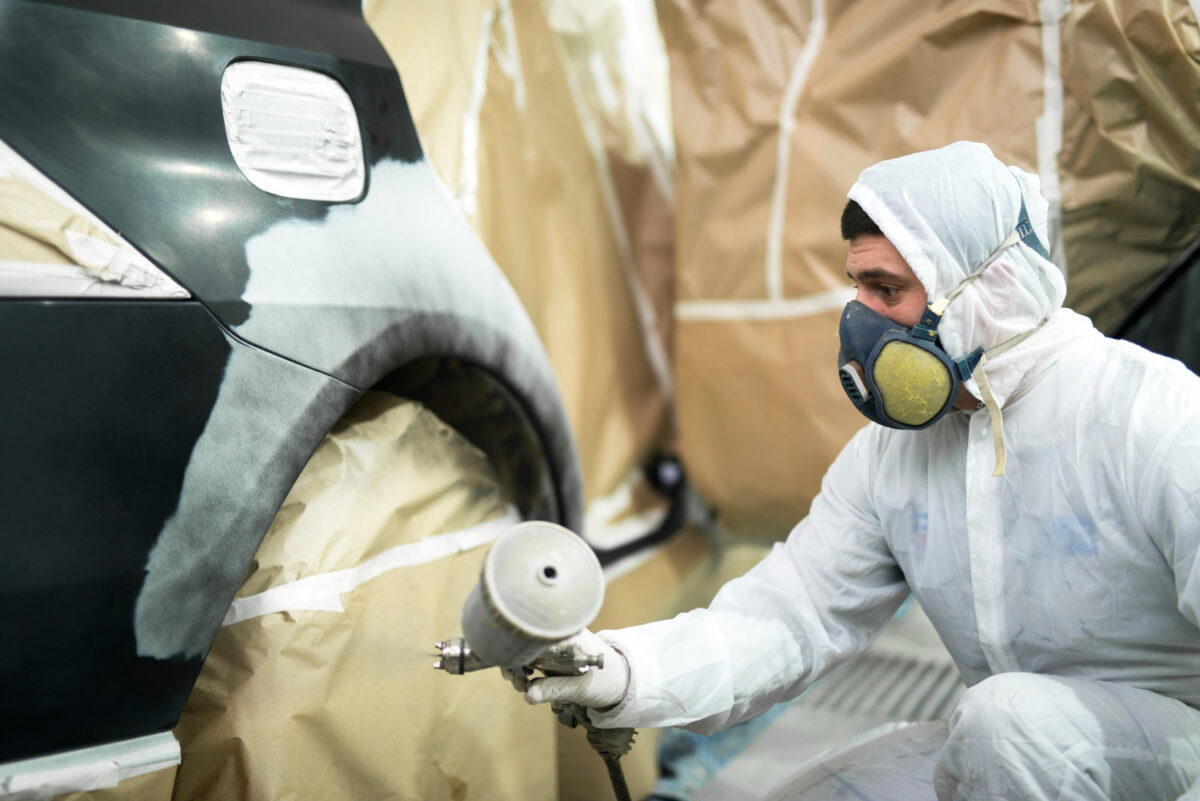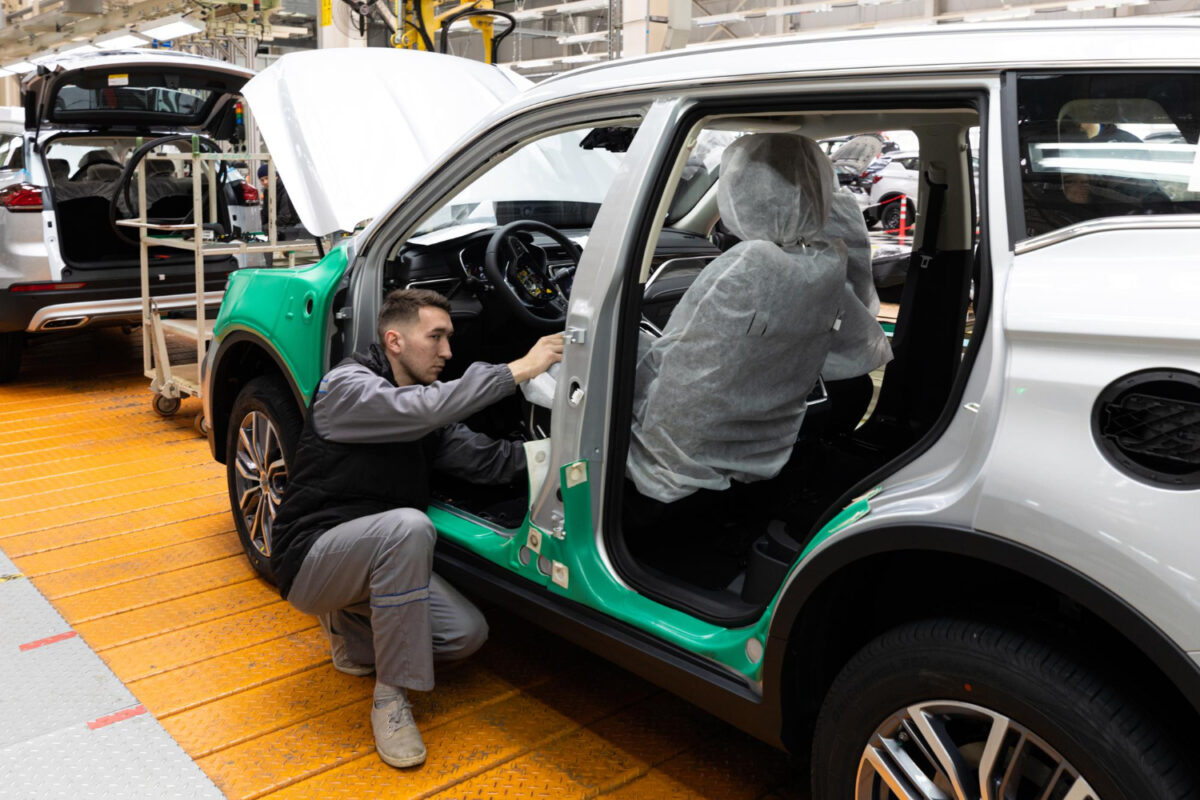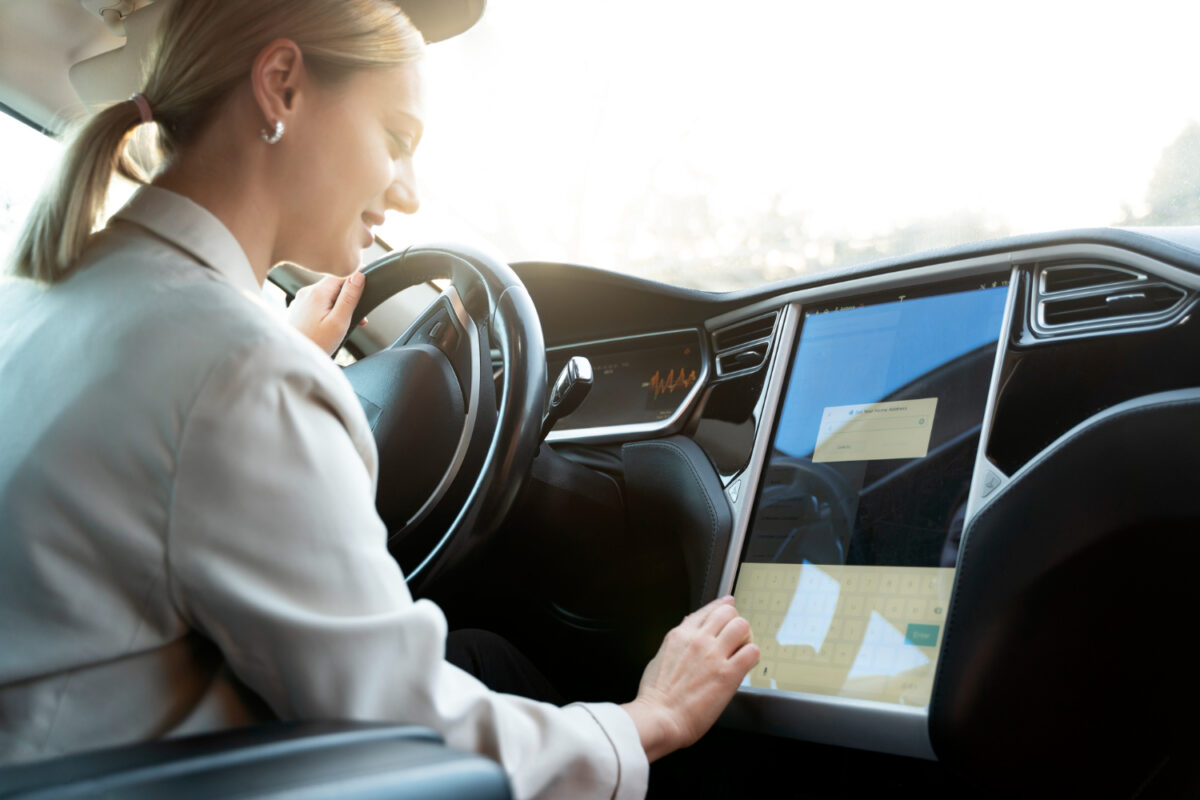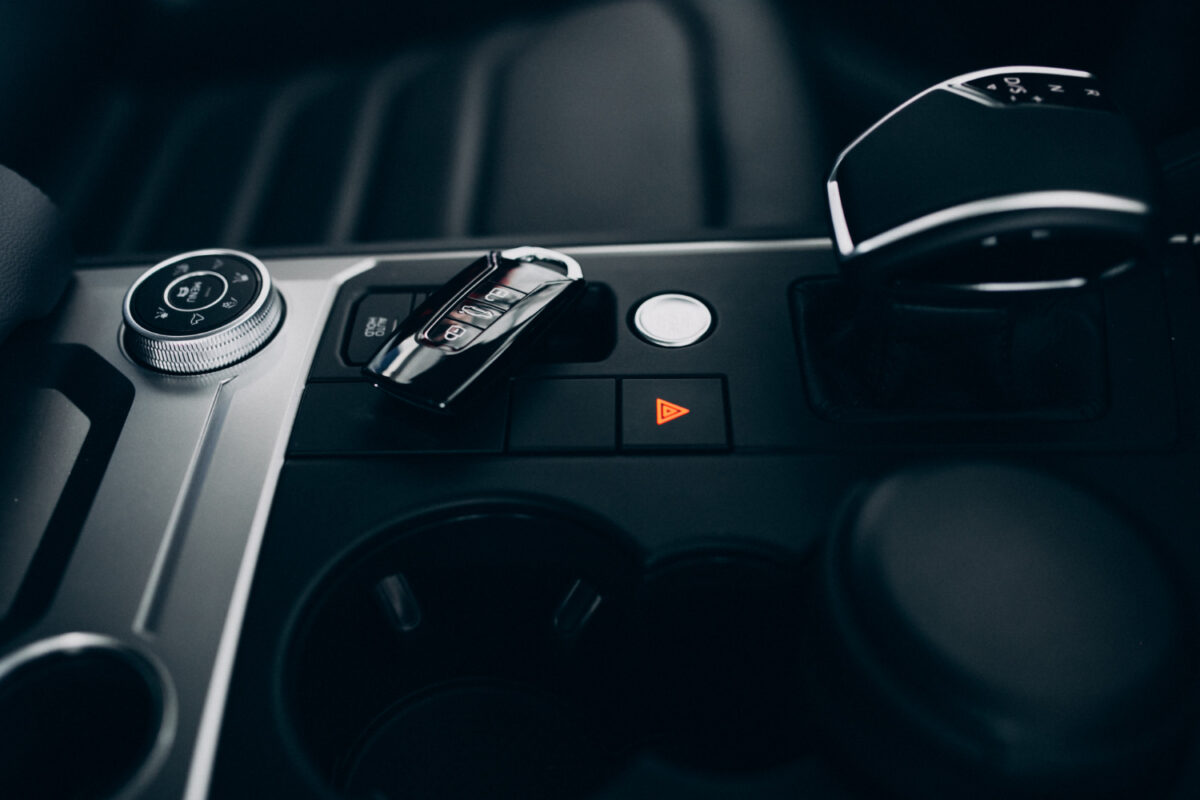Introduction
Hybrid vehicles are becoming more common in the Peel Region due to their environmental benefits and fuel efficiency. However, when it comes to collision repairs, hybrids present unique challenges that require specialized knowledge and tools. At Mann Auto Collision Center, we are fully equipped to handle these challenges, ensuring your hybrid vehicle is restored with precision and care.
Understanding the Complexity of Hybrid Vehicles
Hybrid vehicles are complex machines that combine traditional internal combustion engines with electric motors and high-voltage battery systems. This dual-system configuration means that repairing a hybrid after a collision involves addressing not just the physical damage to the body but also ensuring the safety and functionality of the electrical components. Mishandling these components can lead to further damage or even pose safety risks, making it crucial that hybrid vehicles are repaired by technicians who are trained in hybrid technology.
The Importance of Specialized Tools and Equipment
Repairing hybrid vehicles requires more than just knowledge—it demands the right tools and equipment. Hybrid vehicles have specific needs, especially when it comes to diagnostics and repair. For instance, high-voltage batteries and electric drive components need to be handled with care using insulated tools to prevent accidents. At Mann Auto Collision Center, we utilize state-of-the-art diagnostic tools designed specifically for hybrid vehicles. This allows us to accurately assess any issues and carry out repairs efficiently, ensuring that your vehicle is back on the road as quickly and safely as possible.
Safety Protocols in Hybrid Collision Repair
Safety is a top priority when repairing hybrid vehicles, particularly due to the high-voltage systems involved. These vehicles have batteries that can pose serious risks if not handled correctly. Our technicians are trained to follow stringent safety protocols to safely disconnect and reconnect the battery and other electrical components. This meticulous approach ensures that the repairs are completed without causing additional damage to the vehicle or risking the safety of our technicians.
The Role of Regular Maintenance in Hybrid Vehicle Longevity
After a collision, ensuring that your hybrid vehicle is properly repaired is crucial, but ongoing maintenance is equally important for the longevity of your vehicle. Regular check-ups and maintenance are necessary to keep both the internal combustion engine and the electric components running smoothly. At Mann Auto Collision Center, we not only repair collision damage but also offer maintenance services to keep your hybrid vehicle in peak condition. Regular inspections can help identify potential issues before they become serious problems, saving you time and money in the long run.
The Environmental Benefits of Repairing Rather than Replacing
One of the main reasons people choose hybrid vehicles is their reduced environmental impact. By opting for professional repairs instead of replacing your vehicle after a collision, you continue to contribute to environmental sustainability. Repairing a vehicle, especially when done correctly by experts, extends its life and reduces the need for new manufacturing, which is resource-intensive. At Mann Auto Collision Center, we are committed to sustainable practices, ensuring that your vehicle is repaired efficiently and responsibly.
Why Choose Mann Auto Collision Center?
Specialized Hybrid Expertise
At Mann Auto Collision Center, we pride ourselves on our deep understanding of hybrid vehicles. Our team is extensively trained in the latest hybrid repair techniques, ensuring that we can handle any issue, from minor repairs to significant structural damage. We know the intricacies of hybrid systems and are equipped to bring your vehicle back to optimal condition.
Advanced Repair Technology
Our facility is equipped with the latest technology designed specifically for hybrid vehicle repairs. From state-of-the-art diagnostic tools to specialized repair equipment, we ensure that your vehicle receives the most accurate and efficient service possible. Our commitment to using advanced technology means faster, more precise repairs for your hybrid.
Quality You Can Trust
When it comes to repairs, we believe in doing the job right the first time. That’s why we use only the highest quality OEM parts and materials. This not only ensures that your vehicle looks great post-repair but also guarantees its performance and reliability. At Mann Auto Collision Center, quality isn’t just a promise; it’s our standard.
Dedicated Customer Care
Your satisfaction is our top priority. We focus on providing clear communication, transparent estimates, and top-notch workmanship from start to finish. With Mann Auto Collision Center, you can rest assured that your vehicle is in capable and caring hands, and you’ll be kept informed throughout the repair process.
Conclusion
Hybrid vehicles require specialized care, especially after a collision. At Mann Auto Collision Center, we have the expertise, tools, and commitment to quality needed to restore your hybrid vehicle to its original condition. If your hybrid has been involved in a collision, don’t hesitate to contact us. Let us help you get back on the road safely with the peace of mind that your vehicle has been repaired by experts.

